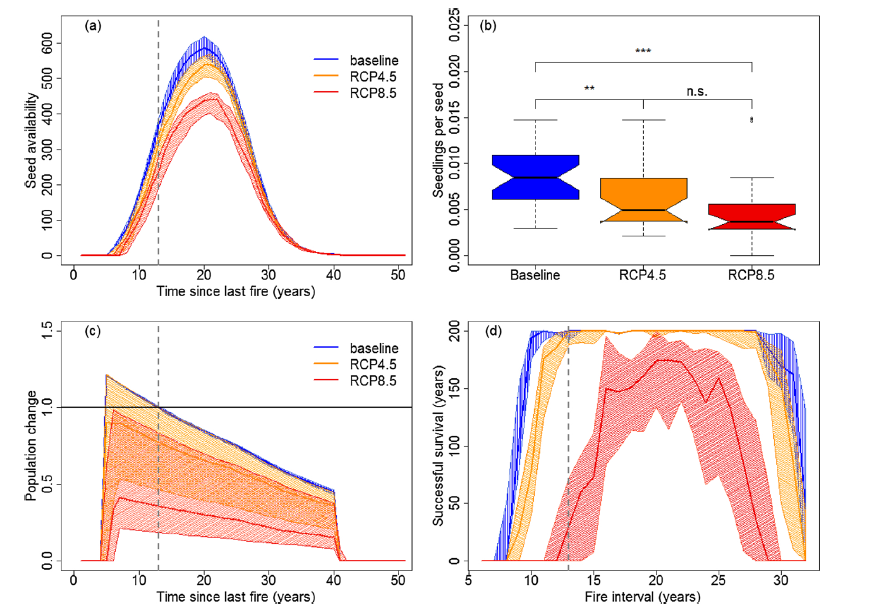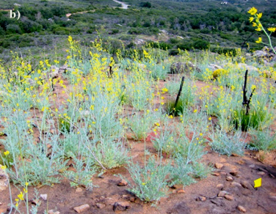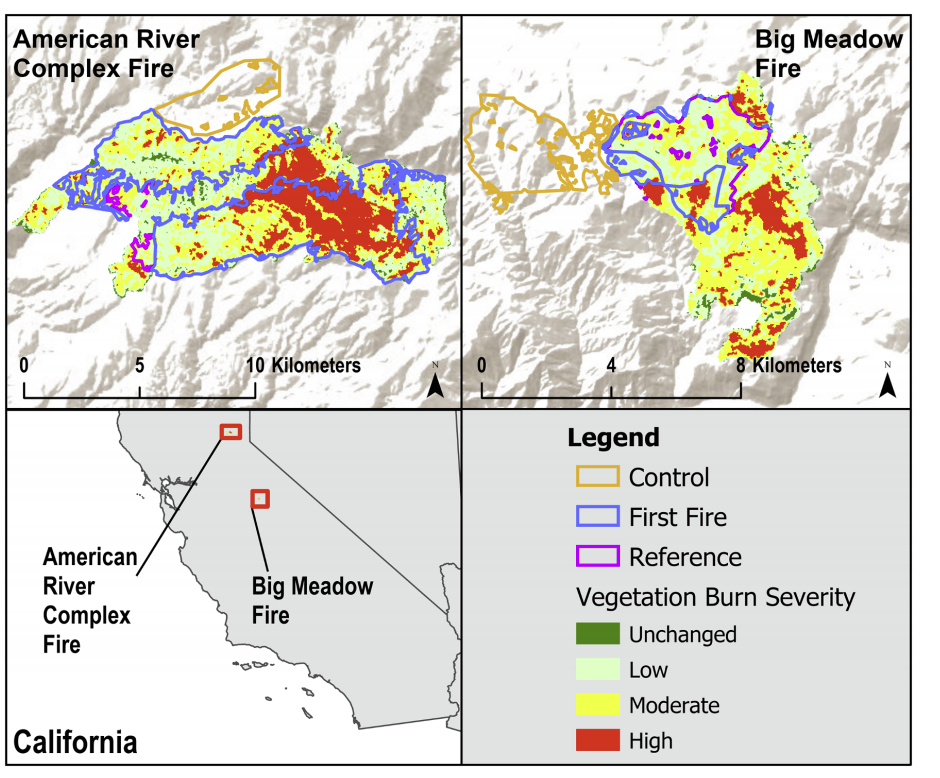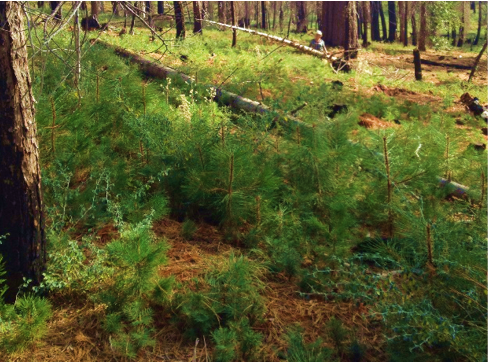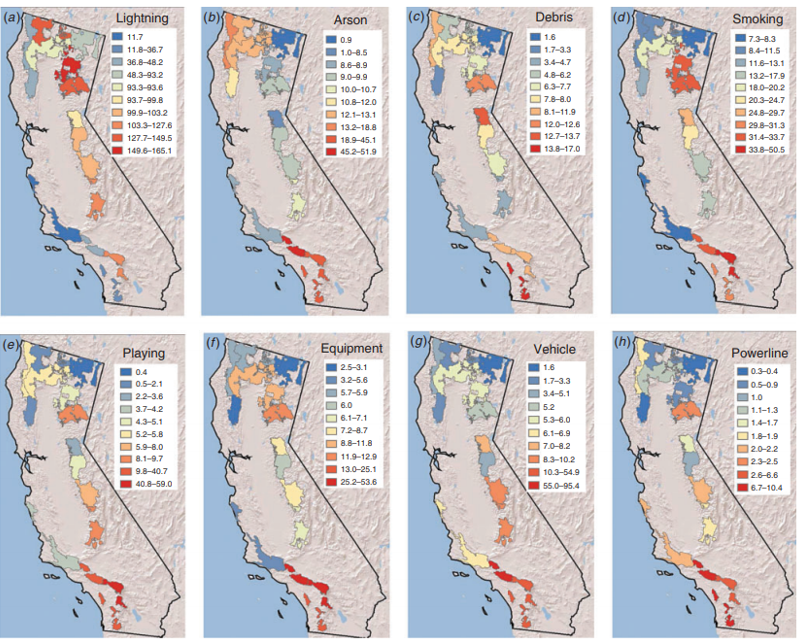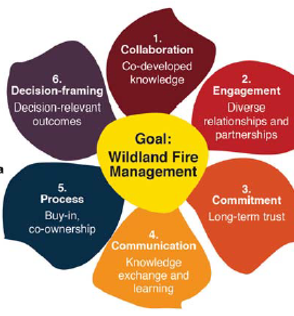Live Fuel Moisture Varies among Chaparral Species : Research Brief
/The authors show how live fuel moisture content in chaparral shrub species is highly variable. This brief offers new recommendations on how to best use live fuel moisture content as a measure of fire risk.
Read More






